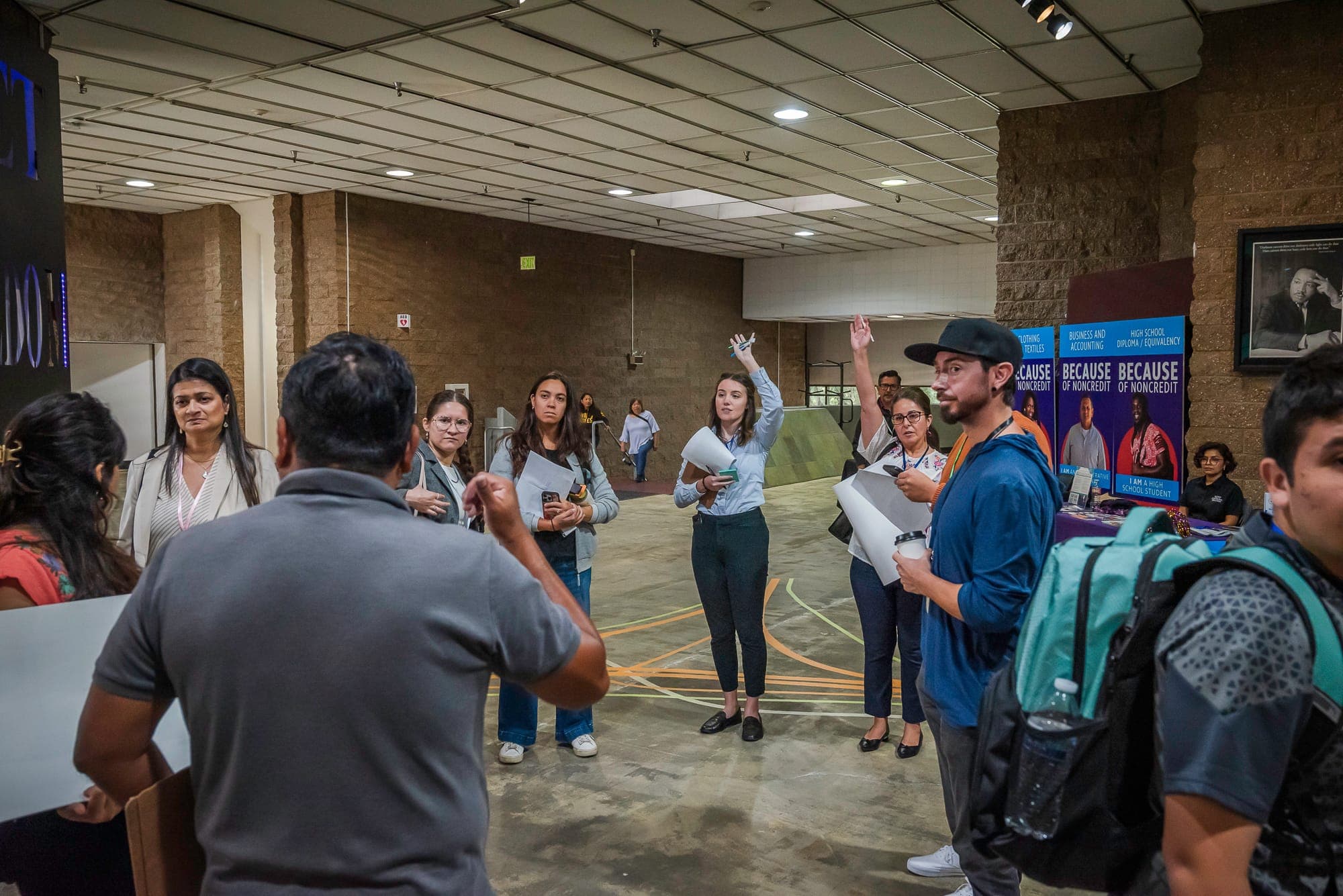
News
By Joseph Mendonca, October 2, 2025
As floods, wildfires, and other climate hazards impact more and more Americans, the costs of adaptation, recovery, and rebuilding continue to rise. While climate change makes events like these happen more frequently and more intensely, the way communities develop also plays a role. Communities that favor low-density sprawl become an expanding bull’s-eye, with more and more people placed in harm’s way as development expands. Instead of continuing to sprawl, communities should prioritize zoning and land use policies that encourage more people to live in safer places, with a range of housing types and prices that make communities accessible to residents of all incomes.
The expanding bull’s-eye effect
For decades, Americans have been moving to cities in the South and Southwest in large numbers, largely spurred by the lower cost of housing in these areas. But many of these areas are also often highly vulnerable to natural hazards like floods, wildfires, and droughts. Worse, since this growth has driven urban sprawl into wetlands, forests, farms, and other natural and agricultural lands, many of these fast-growing cities have become an expanding bull’s-eye—as they spread further and further out, more people are put in harm’s way.
This isn’t unique to faster-growing communities—sprawl has been the status quo model of development for the U.S. as far back as the 1960s. Everywhere in the U.S., communities have sprawled into floodplains, into the wildfire-prone wildland-urban interface (WUI), and into drought vulnerable areas, increasing Americans’ exposure to extreme weather. And increased development in vulnerable areas doesn’t just put more people in harm’s way—it also limits housing choice and drives up prices, forcing families into more affordable but riskier locations. Sprawl increases the severity of the risks people face because it contributes to urban heat islands, puts more pressure on limited water supplies in drought-prone areas, and reduces potential natural barriers to wildfires. . And with climate change threatening to expand hazard zones, this trend will only continue.
In addition to the dangers to human life and prosperity, continued sprawl into hazard zones will make the costs of insurance, disaster recovery, and rebuilding unmanageable, a risk which becomes even more salient with reduced support for recovery from the federal government. The annual number of billion-dollar disasters has already more than doubled since the 1980s, and, prior to recent changes, federal spending on much-needed disaster preparation and recovery (including the National Flood Insurance Program, FEMA’s disaster relief fund, the National Forest Service’s wildfire suppression programs, and the Department of Agriculture’s crop insurance program) was skyrocketing. Many insurance companies have also either gone insolvent or pulled back from hazard-prone areas entirely.
Despite these drawbacks, sprawl continues. This is largely because many communities have adopted zoning ordinances that codify and incentivize sprawl (and because market norms often make this type of housing the easiest to finance). Limiting most development to detached single-family homes and low-density commercial development, these zoning codes not only push people into hazard-prone areas but also restrict the types and prices of housing available, reducing affordability and excluding middle-income residents from safer, amenity-rich neighborhoods. . Communities should not continue to direct new residents into harm’s way. Instead, local policymakers should reform their zoning codes to curb sprawl, allowing a wider variety of housing types at different price points in areas with lower hazard risk.
Zoning for housing away from hazards
Communities can use smart growth zoning reforms—like allowing missing middle housing, revising parking minimums and other excessive development standards, or enacting a form-based code—to help curb sprawl by promoting development within existing communities and in locations with the least exposure to climate hazards. By offering diverse housing types, communities can meet the needs of families across income levels, ensuring that safer, lower-risk areas are accessible to more people and not just those who can afford single-family homes.
Local governments also have additional avenues to reduce hazard exposure through their land use and zoning policies. These strategies can include:
- Climate-informed zoning incorporates hazard vulnerability into zoning ordinances by incentivizing development in areas with less exposure and/or requiring resilience elements for projects in hazard-prone areas.
- Infill development involves development on vacant or underutilized lots in already developed areas and can be promoted by local governments through land acquisition programs, public sector-led development, and/or funding mechanisms. Local governments can develop strategies to screen these types of sites for climate risk including risks of flooding, wildfire and other hazards.
With zoning and land use tools like these, communities can take steps to curb sprawl and prevent further development in hazard zones. Doing so allows communities to provide more housing options at prices people can afford, while keeping residents out of harm’s way. But community members, planning practitioners, and elected officials alike must push for these reforms—or continue putting people in harm’s way.
Related News

© 2025 Smart Growth America. All rights reserved
Site By3Lane Marketing














